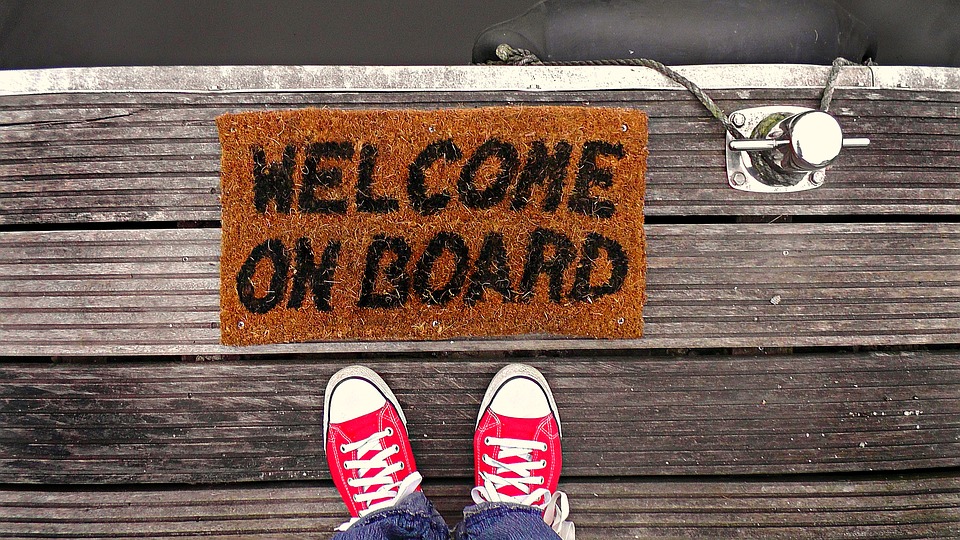Many organizations today recognize that onboarding does not only apply when hiring interns, but that it is a top priority when hiring new employees and has a major impact on the continued success of new employees within the organization.
What is onboarding?
Successful onboarding is a structured approach to better integrate new employees within the organization. It is a strategic initiative that leads to an improved relationship between new employees and the company. This relationship offers added value through an optimized interaction between company and employees. It is a process in which the workforce as a whole becomes more enthusiastic and adapts better to the specific needs of the company and the strategy of the company. This results in a competitive advantage and added value for all stakeholders. How can a successful onboarding program be realized? The best onboarding programs are based on the following 5 steps:
1. Involve the entire organization with onboarding
Well-performing organizations with good onboarding programs continuously improve these initiatives. Modern mobile and video technology can help optimize existing onboarding programs. Use social functionality to capture feedback and ideas. Use notifications and messages as teasers to announce new things and be part of them.
ILIAS Business Edition of Future Learning offers all possibilities for this out-of-the-box and can be used on mobile devices such as smartphones and tablets.
2. Create a team with people from different parts of the organization
Usually these teams consist of 5-6 colleagues from different disciplines such as recruitment, (internal) communication and HR, but also the business itself. It is also important to appoint a project manager who ensures that the onboarding program is actually created and leads to improvement.
Use from the outset a learning and knowledge environment to share knowledge and to communicate between different parts of the organization and management.
3. Design the required content and define the results to be achieved
By means of an internal analysis all gaps in the existing way of working in and the ambitions for the future are determined. With a number of workshops, all content and the learning path are designed from recruiting a new employee until the end of the first year. It can take a year for a new employee to become truly productive. How should a new employee be able to perform after a year?
Make content and learning path as concrete as possible by means of examples, including photos, sketches and videos. Also check out material from other companies to see what they are doing to achieve results. Divide the process into small steps and keep the final goal in mind.
The ILIAS environment offers all possibilities for designing these learning paths, and centrally managing the required content and knowledge in one library.
4. Try out the onboarding program first
Select a group of employees to try out the new onboarding program and also experiment with new employees who recently joined the company. They can provide great insights on what can be improved and their feedback will accelerate the design process of the onboarding program.
ILIAS offers as a learning environment all possibilities to unlock a learning path with content for onboarding to selected groups and to obtain feedback.
5. Check on a regular base whether the onboarding program is working properly
Organizations are ecosystems that evolve and change regularly. So leave room for changing opinions about the program in collaboration with colleagues from other departments through an agile improvement team. The team continuously thinks about new innovative ideas about the onboarding program.
ILIAS offers as a knowledge environment all possibilities to collect and assess knowledge and ideas, so that improvements can be made easily and quickly. In addition, ILIAS offers an extensive personal tracking system with reporting options for the team and management, on the basis of which the program can quickly be adapted and improved.
Contact Future Learning for a successful onboarding.


Recent Comments